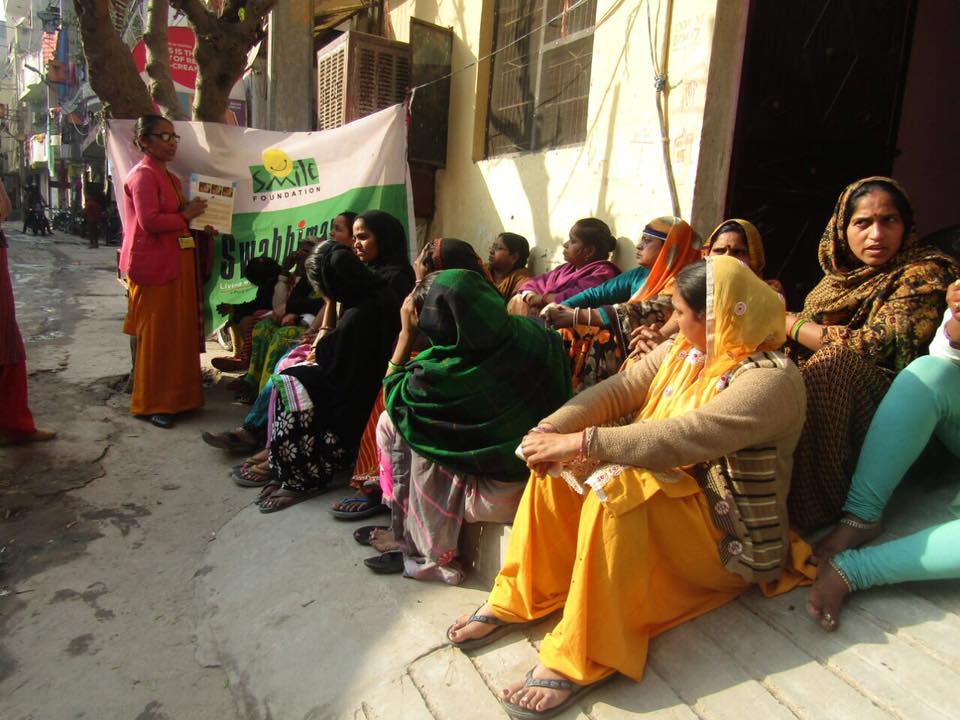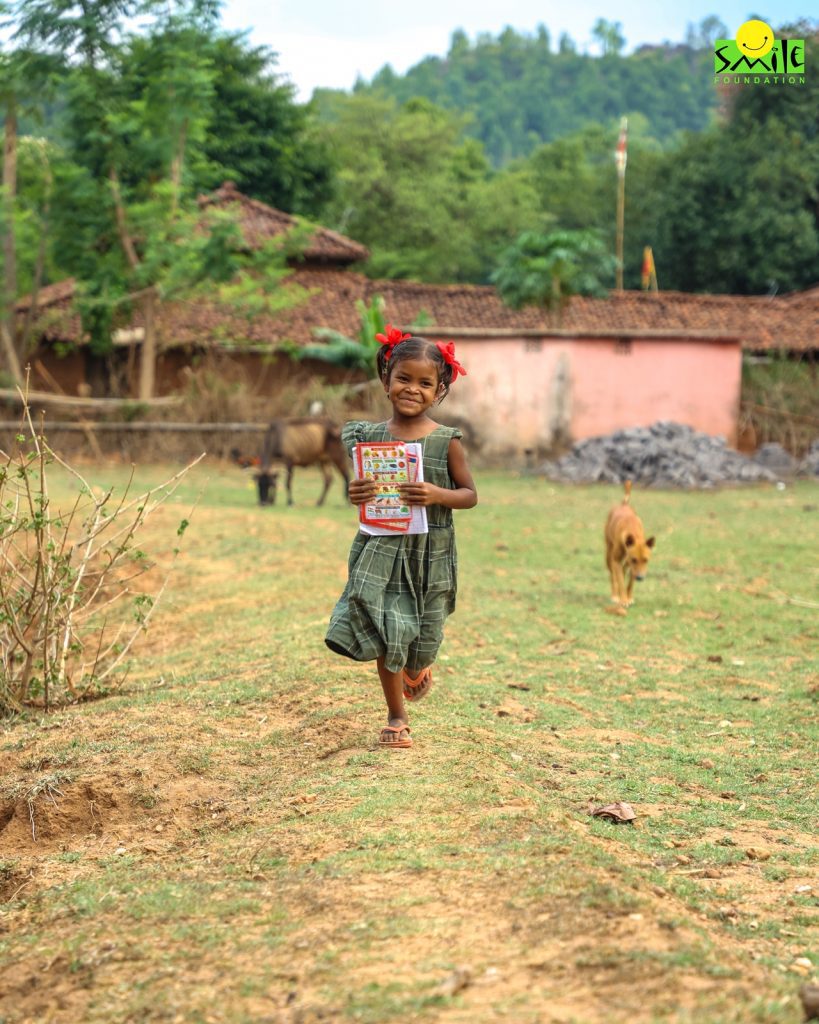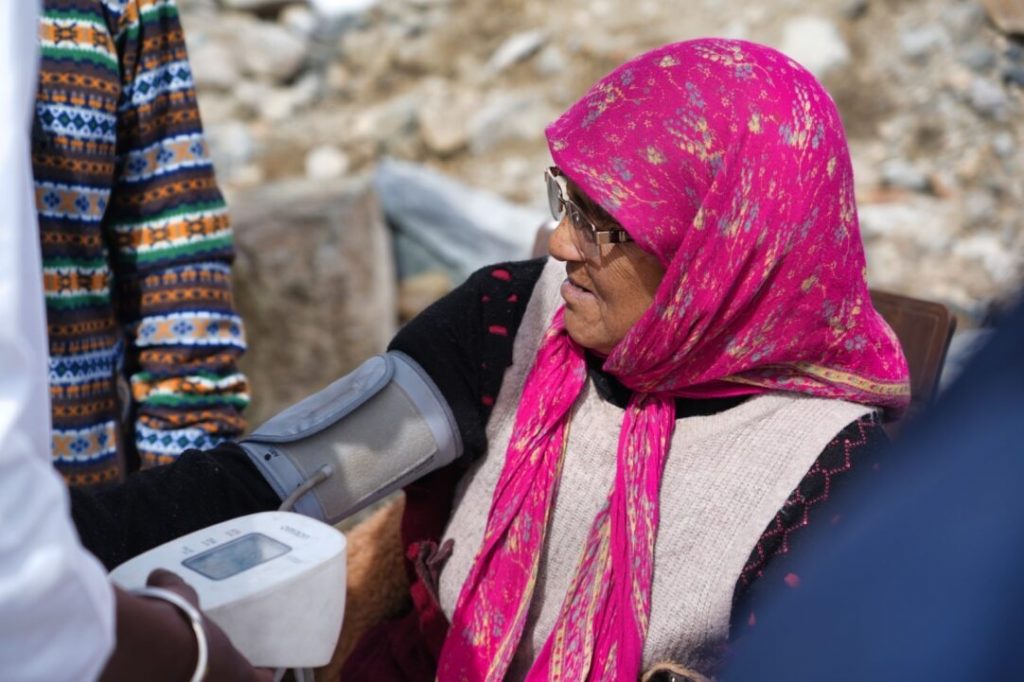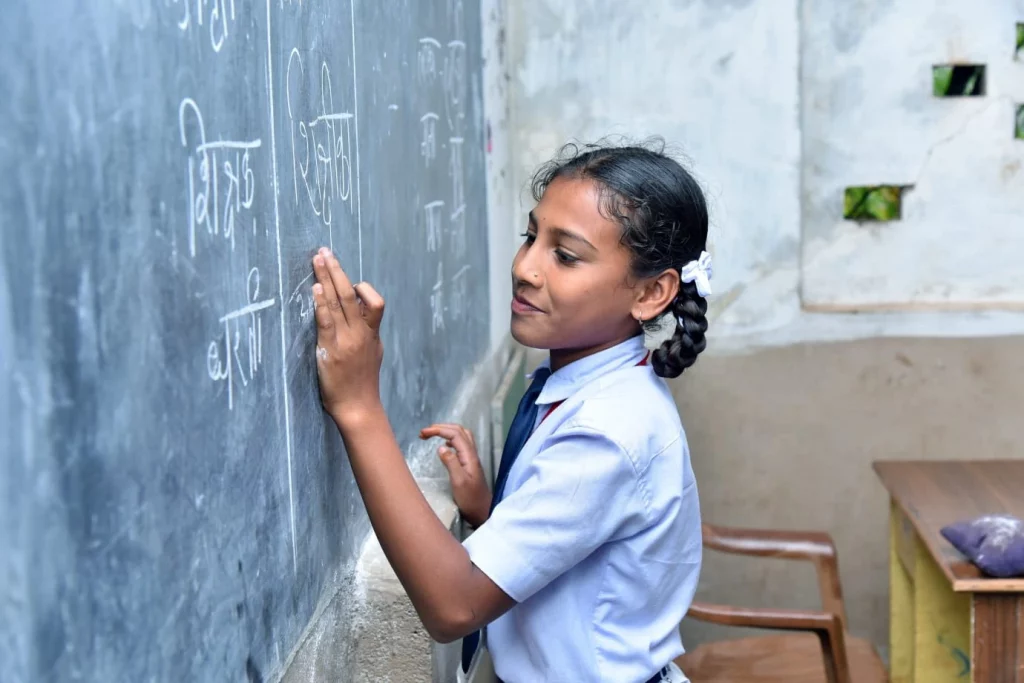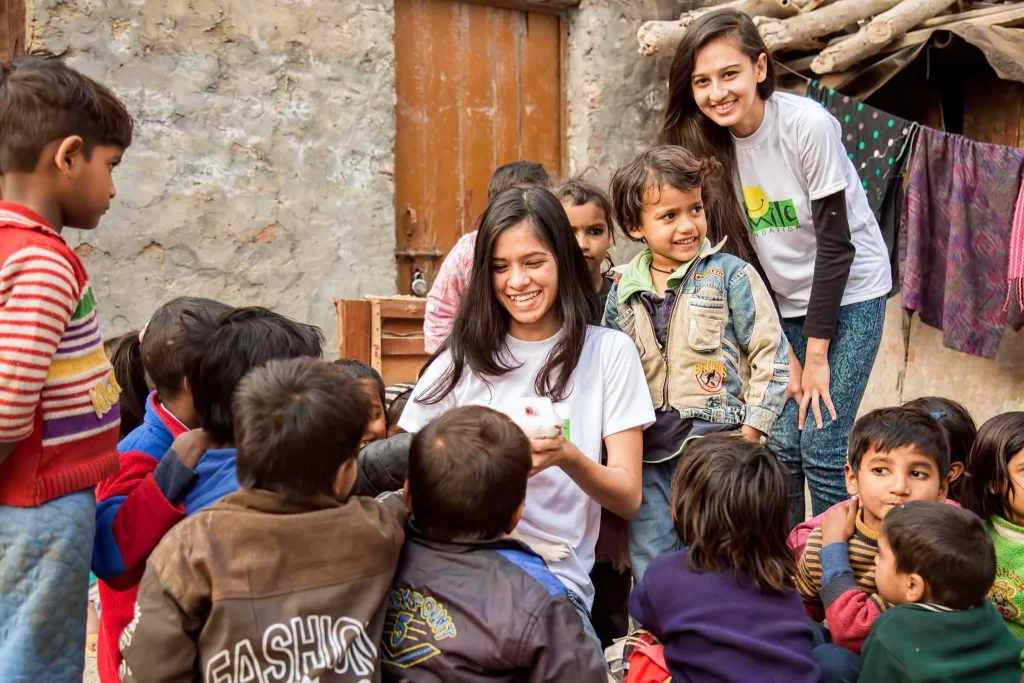In recent times the world has been paying close attention to gender diversity. All the democratic countries in the world have granted women suffrage and allowed their girls and women to study and work. It has been putting all its possible efforts into ensuring women’s right to equality in the workplace. It is also true that women are running for elections, holding ministerial posts in governments, ruling the boardrooms of multinational companies, and leading think tanks. But, in reality, the number is meager, considering the huge female population the world has. According to the UN’s world population prospects 2024, the world has 4.06 billion females, i.e., 49.72% of the world population. Let’s discuss further to understand whether the world is still women-aversive.
What does history tell us?
In the past, the world was largely women-aversive. Historically, societies across the world were patriarchal. Men’s authority was prioritised over women’s rights and freedom. Women were treated merely as properties of men. They were forced to be dependent on their male relatives, like father, husband, brother, and son. This meant that they could own no property or sign legal contracts. Women had no economic autonomy. They were denied access to formal education. Education was considered unnecessary for women. Even those societies that allowed their women to study also restricted them to studying only ‘feminine subjects’ like music, needlework, and sewing. Most of the societies had strict gender roles. It restricted women to the household duties of raising children, doing household chores, and serving as primary caregivers of families. They had no political, voting, or economic rights.
In many cultures, marriage was not a union based on mutual affection, but rather a social or economic contract. Women were often forced into marriage, mostly when they were children, and had no rights within it. Husbands generally had authority over their wives, including control over finances, sexuality, and even physical well-being. Women’s roles were heavily tied to motherhood. They were not even allowed to make decisions about their own bodies, and women’s bodies were often seen as instruments for reproduction. Childbirth was considered one of the primary purposes of marriage, and in some societies, women’s worth was closely tied to their ability to bear children.
This apart, women were often subjected to physical violence and abuse. Many societies did not even consider this as a crime. Since wives were considered the property of their husbands, domestic violence was normalized and even justified. Even religious teachings often reinforced women’s subordinate roles and their expected duties in marriage and motherhood.
After facing oppression for centuries together, women started to rebel. As a result, important social changes began to take place in the 19th and 20th centuries. The women’s suffrage movement gained momentum, and as a result, most of the countries granted women the right to vote by the mid-20th century. The 20th century’s feminist movements advocated for women’s rights across multiple fronts, including reproductive rights, workplace equality, and access to education. These movements helped reshape societal views about women’s roles. Women began to gain legal rights, including the right to own property, the right to work, and the right to access education. Laws were also passed to protect women from domestic violence and workplace discrimination.
Gender in a modern society
Modern society bestows women with a unique combination of opportunities and challenges that are shaped by traditional cultural, religious, and social values. While almost all the democratic countries have granted voting rights to women, the real question lies in how many women are actually allowed to step out of their house to vote. If you see the data, the number is very low. In several countries, women are prevented from voting by societal norms, harassment and violence at the polls, or pressure from their family members. For instance, election-related violence, harassment, or violence against female voters remains a concern.
In general, countries where women have the same legal rights as men are considered the countries with gender equality. But data continues to show vital discrepancies. For example, as per the UN’s gender inequality index, Denmark is considered the most gender-equal country in the world. But their employment data shows that women are paid much less than their male counterparts.
Not just that, many countries have strong religious and cultural norms that influence women’s behaviour and rights. For instance, religious norms dictate how a woman should interact with men, her roles and responsibilities in a family, and even the type of dress she should wear. The norms also restrict her from holding leadership positions in religious institutions and participating in religious ceremonies. Since these norms are deeply ingrained, they play a significant role in how women navigate public and private life. These norms also reinforce women’s responsibilities in fulfilling domestic duties and make her prioritise household chores over economic independence. As a result, women have fewer chances for personal and professional development compared to their male counterparts.
This apart, below are some of the areas that continue to remain a concern in ensuring women’s equality.
- Political participation: Though women have got suffrage rights and started involving themselves in political life, there are still multiple barriers that restrict women’s full political participation. For instance, India has just two women ministers in Prime Minister Narendra Modi’s 30-member cabinet. India had no women prime ministers except Indira Gandhi and has just one woman chief minister. Similarly, Nigeria’s 2019 presidential election featured 73 candidates, including six women. But all six of them withdrew their candidacy before the election. Despite being considered a world leader, the United States had its first woman vice president only a few years ago. The developed nation did not yet have its women president. To ensure full political participation of women, a lot more needs to be done.
- Economic rights of women: As many as 178 countries have legal barriers that prevent women from having full economic participation, as per the World Bank’s Women, Business, and the Law 2022 report. The report also says that women face some form of job limitation in 86 countries, while about 95 countries do not guarantee equal pay for equal work. Over 2.4 billion women are not afforded equal economic opportunities as men across the world. Women only have three quarters of the legal rights afforded to men in the world, the report points out.
The International Labour Organization (ILO) reveals that women are paid about 20% less than men on average across the globe. The pay gap is as high as more than 45% in certain countries. The World Economic Forum suggests that it will take about 202 years to close the global gender pay gap. The prediction was made based on the past 12 years’ trends. Studies point out that the gap between men’s and women’s expected lifetime earnings globally is 172 trillion USD. The number is nearly double the world’s annual GDP.
However, countries have been reforming their laws to move towards advancing women’s economic inclusion. Many countries are promoting a gender-inclusive work culture, offering pay based only on their positions, providing equitable salaries to all genders, and conducting a gender pay review to access and close the existing gaps.
- Gender-based violence: At least one in three women across the globe have been subjected to physical or/and sexual violence at least once in their lifetime. The number roughly puts the estimation close to 736 million in the world, according to UN Women. In India, according to the National Crime Records Bureau, 4.45 lakh ‘crime against women’ cases were registered in 2022. It means about 1,220 cases are officially registered every single day. Nobody has counted how many go unaccounted in a country as diverse and geographically large as India. These women, who are subjected to violence, are prone to suffering from anxiety disorders, depression, and sexually transmitted diseases, among other things, for a really long time. Violence against women is one of the most frequent human rights violations across the world. At the same time, it is also true that countries have been striving to bring stringent laws to curb violence against women.
While societies have made strides in women’s rights and empowerment, many still impose traditional gender roles, limit women’s autonomy, and maintain patriarchal structures. Women face significant pressure to conform to traditional expectations but also experience the benefits of family, community, and cultural continuity. Social change, including the advancement of women’s rights, is slower in conservative societies, but shifts are happening as global dialogues about gender equality evolve. There is a long way forward to turn the world into a women-friendly place.
Smile Foundation’s Commitment to Women Empowerment
Women have long faced systemic barriers, whether in education, employment, or leadership, but Smile Foundation’s women empowerment programme is actively working to bridge these gaps. Through our flagship initiative, Swabhiman, we equip women, especially from underserved communities, with the resources and skills needed to achieve economic independence and self-reliance. By prioritising education, vocational training, and health awareness, Swabhiman addresses the interconnected challenges of gender inequality, creating a pathway to dignity and equality.
An important part of this programme is its grassroots engagement, where women are given not just the tools but also the confidence to assert their rights. Smile Foundation integrates life skills, entrepreneurship support, and leadership training into its curriculum, ensuring that participants are not only workforce-ready but also resilient leaders in their communities. For instance, the initiative focuses on sectors like tailoring and small-scale enterprises, offering comprehensive business training and funding to help women establish sustainable livelihoods.
In tackling complex gender norms and social stigmas, Smile Foundation recognises that empowerment extends beyond economic independence. The programme fosters a network of peer support among women, encouraging them to collectively challenge societal expectations and fight systemic inequalities. This community-first approach aligns with the global effort to combat gender-based violence, expand women’s rights in politics and economics, and nurture a future where opportunities are truly equitable.

